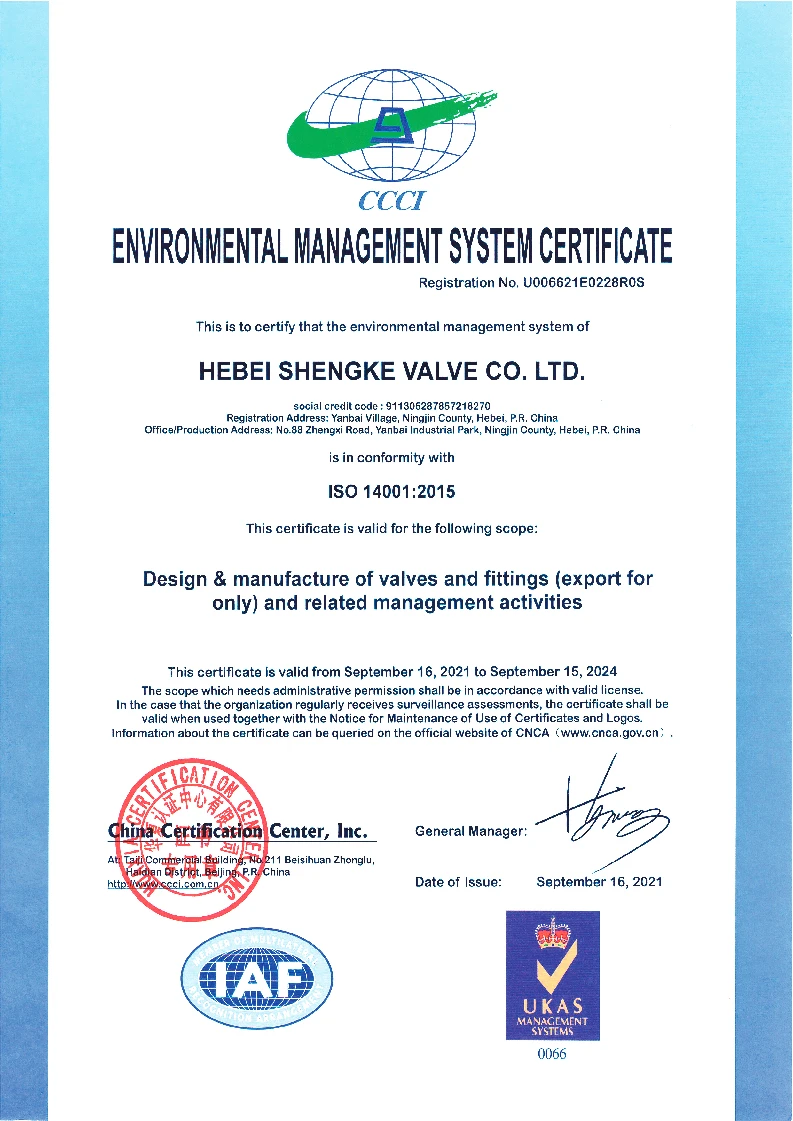დეკ . 16, 2024 23:37 Back to list
din swing check valve
Understanding DIN Swing Check Valves A Comprehensive Overview
In the world of fluid control, valves are among the most critical components used in various industrial applications. One type that stands out for its simplicity and effectiveness is the swing check valve, particularly those designed according to the DIN (Deutsches Institut für Normung) standards. This article provides an in-depth exploration of DIN swing check valves, their design, operation, advantages, and applications.
What is a Swing Check Valve?
A swing check valve is a type of valve that allows fluid to flow in one direction while preventing backflow. The closing mechanism is achieved through a disc that swings on a hinge or pivot. When fluid flows in the desired direction, the disc is lifted from its seat, allowing flow. Conversely, if the flow attempts to reverse, the disc swings back and closes the flow path, thereby preventing backflow.
The DIN Standard
DIN standards are established by the German Institute for Standardization and are widely recognized across Europe and other parts of the world. They cover various industrial products, including valves. Under these standards, DIN swing check valves are manufactured to meet specified dimensions, materials, and performance criteria, ensuring compatibility and reliability across different applications.
Design and Construction
DIN swing check valves typically feature a robust design to withstand high pressure and temperature conditions. Key components include
- Body Manufactured from materials like cast iron, stainless steel, or high-performance alloys, the body encloses the internal components and is designed to resist corrosion and wear. - Disc The disc, often made of the same material as the body or a compatible material, is designed to ensure a tight seal when closed, preventing leakage.
- Hinge or Pivot This allows the disc to swing open or closed based on the flow direction. The design of the hinge is critical in determining the valve's response time and efficiency.
- Seal Some models may include elastomeric seals to enhance closure performance by providing a tight fit between the disc and the seat when closed.
Operational Features
One of the significant advantages of DIN swing check valves is their operational simplicity. The flow of fluid naturally opens the disc; hence no external energy source is required. This makes them ideal for applications where automatic operation is necessary.
The swing check valves also have a lower pressure drop compared to other check valves, such as lift check valves. The streamlined flow path minimizes turbulence, allowing for smoother operation and enhanced efficiency.
din swing check valve

Advantages of DIN Swing Check Valves
1. Reliability DIN swing check valves are known for their durability and long service life, primarily due to their sturdy construction and reliable sealing mechanisms.
2. Low Maintenance With fewer moving parts compared to other valve types, maintenance requirements are typically low, resulting in lower operational costs.
3. High Flow Capacity The design of these valves allows for higher flow rates compared to other types, making them suitable for a wide range of applications.
4. Versatility DIN swing check valves can be found in various industries, including water treatment, HVAC, oil and gas, and power generation, demonstrating their adaptability.
5. Standardization Compliance with DIN standards means that these valves can easily be integrated into existing systems, ensuring compatibility with other components.
Applications
DIN swing check valves are used in a variety of applications
- Water Supply Systems They help prevent backflow in pipelines, maintaining the integrity of potable water systems.
- Industrial Processes In chemical processing and manufacturing, they prevent contamination by ensuring fluid flows in one direction.
- Pumping Stations These valves are critical in preventing reverse flow, protecting pumps from potential damage.
- Heating and Cooling Systems To prevent the backflow of fluids, swing check valves are essential in maintaining operational efficiency.
Conclusion
In summary, DIN swing check valves play a vital role in fluid control systems, offering reliability, low maintenance, and high efficiency. Their design and construction according to internationally recognized standards not only ensure quality but also promote safety and performance. As industries continue to evolve, the importance of robust and reliable components like DIN swing check valves cannot be overstated.
Share
-
Reliable Wafer Type Butterfly Valves for Every IndustryNewsJul.25,2025
-
Reliable Flow Control Begins with the Right Ball Check ValveNewsJul.25,2025
-
Precision Flow Control Starts with Quality ValvesNewsJul.25,2025
-
Industrial Flow Control ReliabilityNewsJul.25,2025
-
Engineered for Efficiency Gate Valves That Power Industrial PerformanceNewsJul.25,2025
-
Empowering Infrastructure Through Quality ManufacturingNewsJul.25,2025